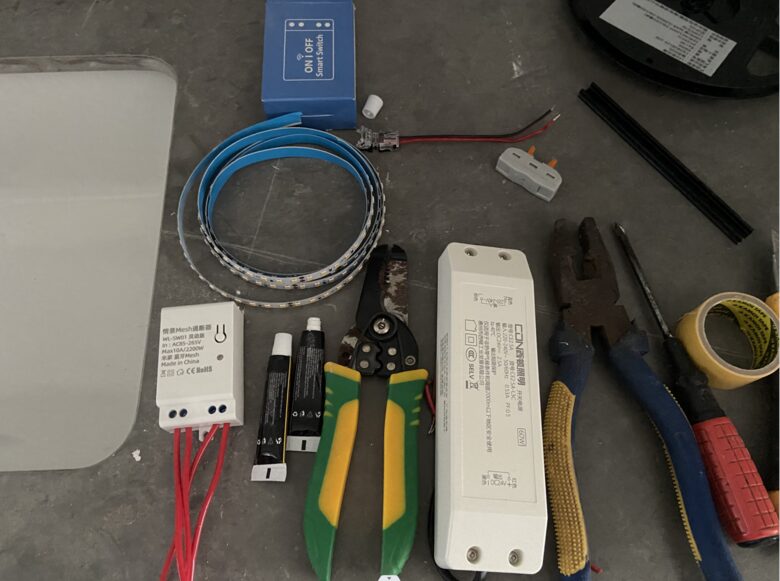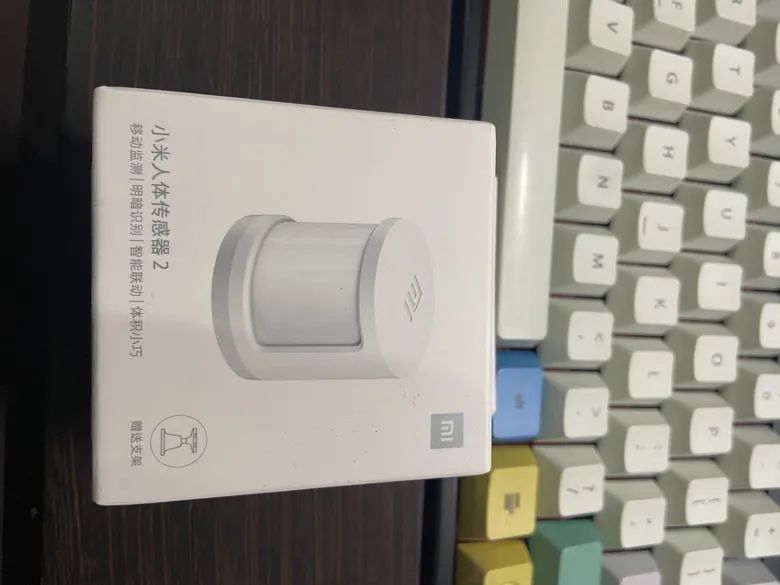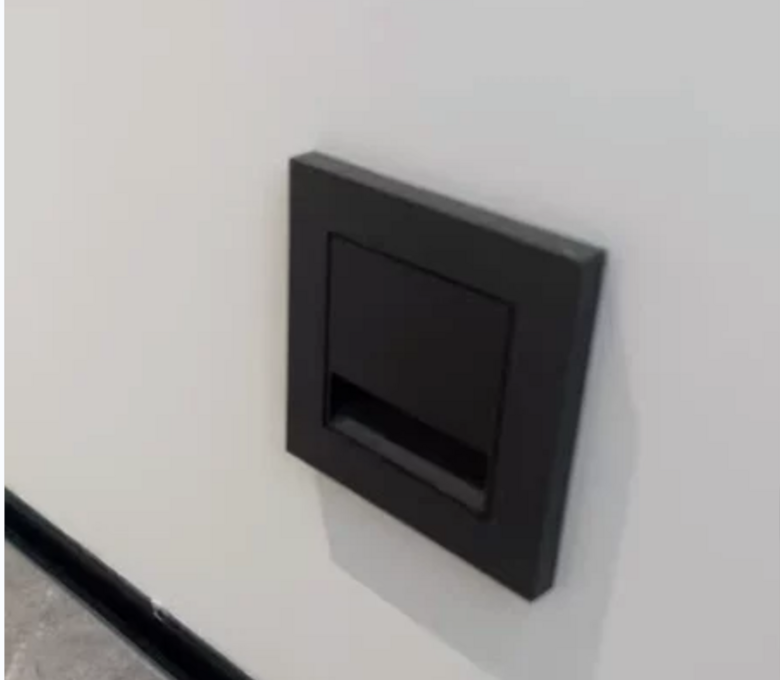
Taizhou 19th Floor User Post
Initially, I hesitated to invest in a fully smart home due to the high costs, so my home lacks smart features. However, smart home systems do provide a lot of convenience. The most important functions are that the lights turn on when someone arrives and turn off when they leave, and voice control of devices, especially when it is truly “convenient”.
I thought of using Xiaomi to create some very simple entry-level smart features, planning to connect devices like electric curtains, bathroom heaters, and blue sky lights that support Xiaomi functionality in the future to achieve a bit of intelligence.
There were no motion sensor lights in the bathroom, so I took advantage of my day off to install a motion sensor light in the bathroom cabinet, using the Xiaomi smart switch and a human body sensor to achieve automatic on/off for the light strip.
DIY Tools: Xiaomi Smart Switch, Light Strip, Transformer
There is a groove at the top of the bathroom cabinet where the transformer can be hidden. The bathroom cabinet already had light strips, but they were not sensor-based and the brightness was insufficient. I added a new light strip next to it: one for sensing and one with a switch.
Power test, it lights up. It has not yet been connected to Xiaomi.
The main bathroom simply used a radar sensor installed inside the mirror cabinet, and the test showed that the sensing does not interfere.
The light strip under the mirror cabinet is waterproof and has an aluminum groove added. Looking down, the installation looks a bit ugly.
The central gateway and sensor will be installed after the bathroom is cleaned up.
Installed a few motion sensor lights in the hallway for late-night use, pretending to be smart.
Click to read the original article for more user renovation diary content








